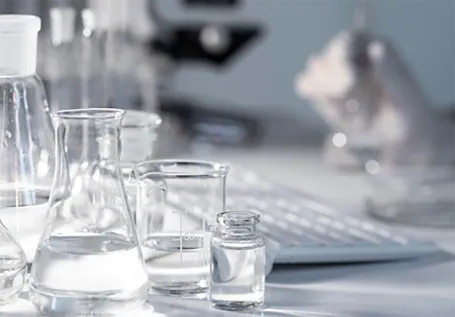The Role of Plastic Additives and Compounding in Modern Materials
Plastic materials have become ubiquitous in various industries, ranging from packaging to automotive and electronics. The performance characteristics of these plastics are often enhanced through the use of additives and compounding techniques. Understanding the significance of plastic additives and their role in compounding is crucial for manufacturers seeking to meet specific application requirements.
Plastic Additives An Overview
Plastic additives are substances added to polymers to modify their properties and performance. They can enhance physical characteristics, improve processability, provide stabilization against environmental factors, and impart special functionality. Common categories of additives include plasticizers, stabilizers, fillers, colorants, and flame retardants.
1. Plasticizers These are used to increase the flexibility and workability of rigid materials. By embedding themselves within the polymer matrix, plasticizers lower the glass transition temperature, allowing plastics to perform better under stress.
2. Stabilizers These additives protect plastics from degradation due to heat, light, and environmental factors. For example, UV stabilizers prevent color fading and mechanical property loss from sunlight exposure, while antioxidants inhibit the oxidation process that can lead to material brittleness.
3. Fillers Used to improve the mechanical properties of plastics, fillers can increase strength, stiffness, and thermal stability while potentially reducing material costs. Common fillers include talc, calcium carbonate, and fiberglass.
plastic additives and compounding

4. Colorants and Flame Retardants Additives that provide aesthetic appeal and safety features, respectively, are essential in industrial applications. Colorants allow for product differentiation, while flame retardants enhance fire resistance, conforming to safety regulations.
The Compounding Process
Compounding is the process of mixing additives with base polymers to create a tailored material. This step is essential for achieving desired properties and performance in the final product.
The compounding process typically involves mechanical mixing, where the polymer resin is combined with various additives in a controlled environment. This can be carried out using equipment like twin-screw extruders or internal mixers. The proportions and types of additives used can vary based on the intended application, such as creating a toughened, lightweight automotive part or a translucent packaging film.
Importance in Industry
The significance of plastic additives and compounding cannot be overstated. As industries demand materials that offer higher performance, increased sustainability, and cost-effectiveness, advanced compounding techniques enable manufacturers to develop innovative solutions tailored to specific applications. For instance, biodegradable additives are being incorporated into the compounding process to produce environmentally friendly plastics that perform similarly to traditional materials.
In conclusion, plastic additives and compounding are pivotal in enhancing the functionality and efficiency of polymer materials. By leveraging these elements, manufacturers can create versatile and high-performance plastics that meet the evolving demands of various sectors. As technology advances, the role of additives and the compounding process will continue to be critical in shaping the future of plastic materials.

